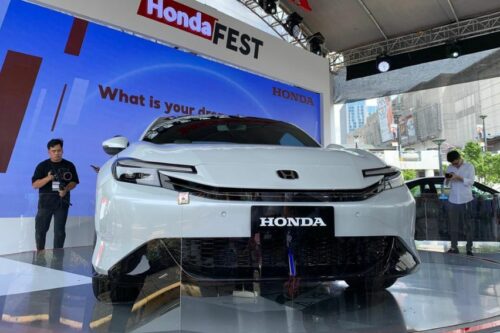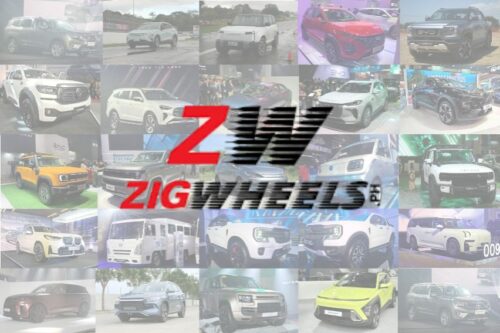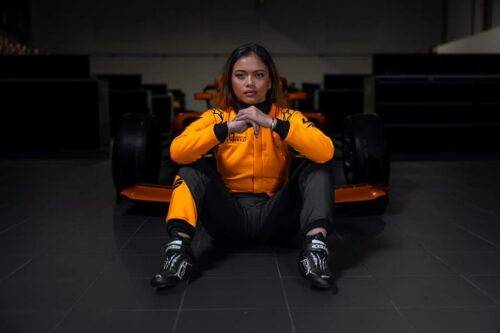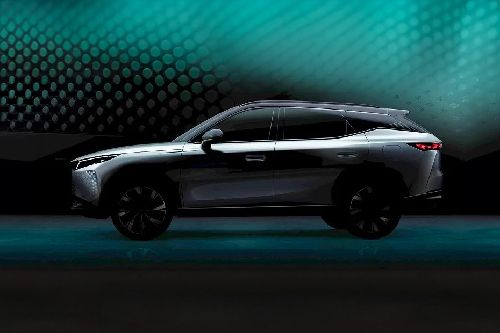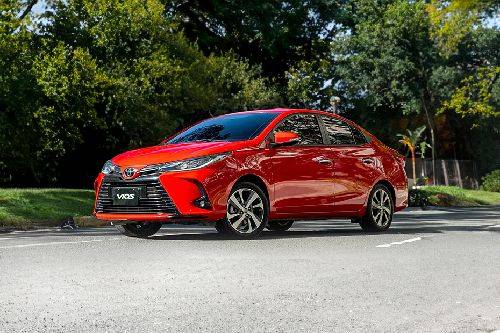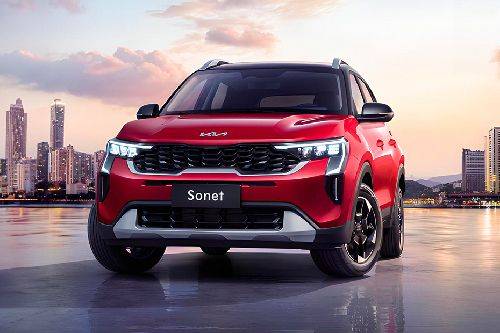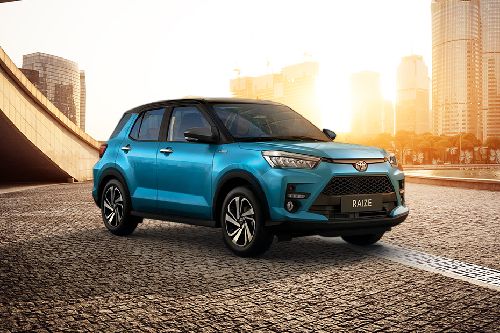Brembo calipers to be used by all F1 teams for 2022 season

MANILA: Brembo has confirmed its commitment to the Formula One World Championship ahead of the start of the new season on March 20 in Bahrain.
KEY TAKEAWAYS
Aside from calipers, what components will Brembo supply to Formula One cars for the 2022 season?
Brembo will also provide hydraulic (pumps and by-wire units) and friction parts (carbon discs and pads) for the majority of the cars.What modifications were done by Brembo to conform with the new Formula One regulations?
Wheel diameter has increased from 13 to 18 inches, demanding larger braking discs. Brembo front axle carbon discs grow in diameter from 278mm to 328mm, while the maximum thickness will stay at 32mm. Those on the rear axles grow from 28mm to 32mm, and the thickness increases from 266mm to 280mm.Brembo brakes have already won 27 Drivers' World Championships, 31 Constructors' World Championships, and 463 Grand Prix races in 47 Formula One seasons. This year, the pioneer of brake technology has developed customized systems for each team, relying on years of expertise gained over 47 Formula One seasons. The company will also provide hydraulic (calipers, pumps, and by-wire units) and friction parts (carbon discs and pads) for the majority of the cars.
Brembo's technicians have created an entirely new braking system that adheres to the current FIA standards and restrictions while maintaining performance. As a result of these regulations, wheel diameters have increased from 13 to 18 inches, demanding larger braking discs. Brembo front axle carbon discs grow in diameter from 278mm to 328mm, while the maximum thickness will stay at 32mm. Those on the rear axles grow from 28mm to 32mm, and the thickness increases from 266mm to 280mm.
Another significant modification is in the air intake flaps, which are "prescribed components" and must be similar across all Formula One cars. As a result of the changes, they can no longer be used to increase aerodynamic load or cool the braking system.
Other regulations have an even greater impact on brake disc design. Until 2021, discs could be punctured with up to 1,480 2.5mm diameter holes. The standards this year allow for 1,000 to 1,100 holes in the front and around 900 in the rear. A new minimum diameter of 3mm is also mandated under the revised rules. This means that, while the disc thickness remains unchanged, there will be fewer and larger holes, limiting cooling capacity. This season, perforated brake pads are also prohibited, thus Brembo is providing teams with an option of two alternate configurations.
The braking system in 2022 is approximately 700 grams heavier per wheel, adding over 3 kg to the total weight of the cars compared to last season.
In the 2022 season, Brembo is providing calipers to all 10 teams for the first time since 1975, marking another significant milestone for the brand. Brembo calipers will be provided to nine teams, while AP Racing, a Brembo Group company based in Coventry, will provide calipers to the final team.

All 20 Formula One cars will have new nickel-plated and machined from billet six-piston calipers, the maximum number permitted. Five teams will also utilize Brembo and AP Racing's by-wire units to regulate rear braking, which evenly distributes braking forces between the front and rear axles.
Every Formula One car has a unique setup. Some teams choose calipers that are lighter and less rigid, while others want stiffer, heavier setups. Engineers from the Brembo group collaborated with each team to improve the weight-to-strength ratio and design the brake calipers in each car. In-wheel sensors keep teams and drivers informed of disc and caliper temperatures at all times, allowing them to manage and enhance braking performance.
One of the most major changes for 2022 is the underbody, which is the least visible portion of the cars. The scalino has been replaced with two Venturi tunnels that help build downforce. It is a technique that reduces the car's sensitivity to turbulence generated by the vehicle ahead of it, allowing chasing cars to stay closer for longer when trying to overtake.
All allowed aerodynamics in the 2021 season, including bargeboards, have been prohibited this year. As a result, the wings have been streamlined and given a new appearance. There have also been significant adjustments to the tires, which have a larger rim diameter and are placed lower, allowing wheel covers to be installed. The latter strengthens the tires, making them comparable to those seen on street supercars. Because of the new regulations and lower-set tires, teams have been examining suspension design.
All of this work was completed under the new budget cap of US$140 million per team, which is reduced from US$145 million in 2021. Teams can modify the cars' dynamic air intakes, engine covers, and wing profile if they choose to.
Cars will be heavier in 2022 than last year, with the total weight increasing from 752 kg to 795 kg. This, combined with the new aerodynamics, means that drivers will have to adjust to different braking points around each circuit.
Photos from Brembo
Also read: Cars in 'Gran Turismo 7' can be modified with Brembo brakes
Sell your car at the best price
 Verified and genuine buyers
Verified and genuine buyers
Trending & Fresh Updates
- Latest
- Popular
You might also be interested in
- News
- Featured Stories
Featured Cars
- Latest
- Upcoming
- Popular
Latest Car Videos on Zigwheels

Car Articles From Carmudi
- journal
- advice
- financing
- insurance




